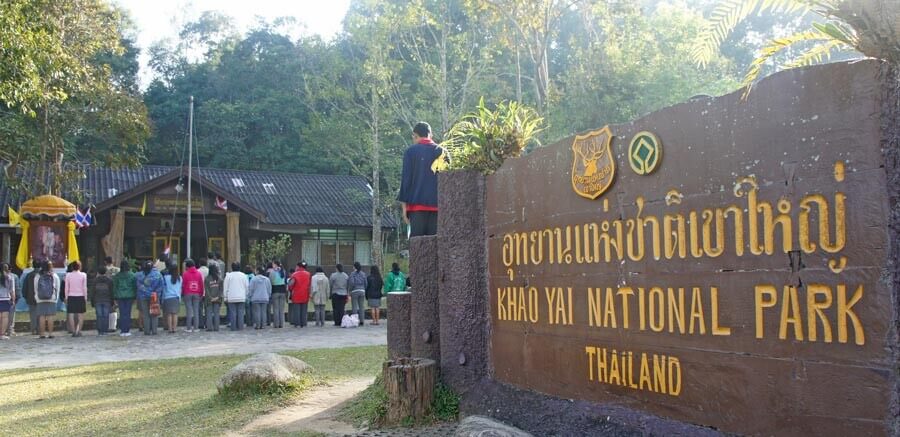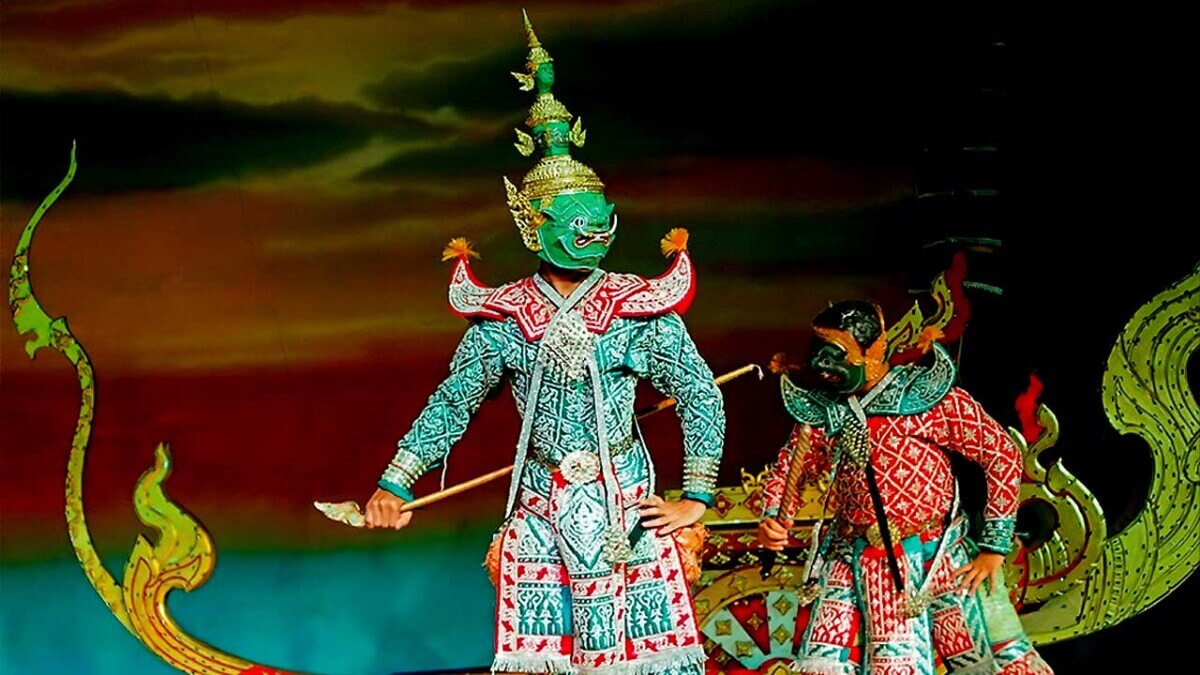As one of the most vibrant metropolises in the world, Bangkok boasts a number of tourist attractions, but Wat Arun stands out as one of the brightest gems of the Thai capital. It symbolizes the richness of cultural heritage, the importance of spirituality, and architectural marvel in the heart of the Thai capital. It is a must-see tourist destination for travelers from around the world to see Wat Arun, a popular tourist attraction along the western bank of the Chao Phraya River. It is easy to experience the essence of Thai culture and spirituality when you climb the central tower, visit the temple grounds, or find a quiet place for reflection at Wat Arun. An experience of the beauty and history of Thailand will leave one with an indelible impression of the past and present. It’s a journey into Thai culture, spirituality, and artistic expressions. The combination of architectural beauty, religious practices, and serene natural surroundings creates a truly memorable and immersive experience. This leaves a lasting impression on anyone fortunate enough to visit this iconic temple.
Wat Arun Historical Background
Wat Arun’s history traces its roots back to the Ayutthaya period. In the 17th century, during King Taksin’s reign, this temple was constructed as Wat Makok. Originally, Wat was known as Wat Makok, which means “Temple of the Olive”, since it was near the site where an olive tree of the same name flourished. Wat Arun was known as Wat Makok in the early days. Following his victory over the Burmese, King Taksin renamed it Wat Arun, honoring the Aruna, as a way to bring prosperity and good fortune to the temple. Thailand’s resilience and cultural richness are evident in Wat Arun, with its age and historical significance. This temple has not only witnessed Bangkok’s transformation but also preserved the nation’s cultural heritage.
Wat Arun Architectural Marvel
With its stunning architecture, Wat Arun is renowned. The central tower, Phra Prang, which rises 70 meters high, is the undisputed focal point. It mirrors the sacred Mount Meru, the center of Buddhist cosmology. Its surface is decorated with intricate stucco, seashells, and porcelain fragments, creating a beautiful mosaic.There is no doubt that Wat Arun’s most striking feature is its highly intricate mosaic work. These mosaics, made from Chinese porcelain, were contributed under King Rama III in the 19th century.It’s not just about admiring the temple’s stunning architecture and historical significance that makes Wat Arun’s temple grounds a visit worth taking. Each piece adds to its visual appeal as well as its symbolic value.
IV. Symbolism and the Sacredness
Apart from its architectural beauty, Wat Arun has a profound spiritual and religious significance. It is still an active temple where Buddhist monks live and perform religious ceremonies, making it an important spiritual center in Thailand. As a symbol of Thai culture and history, Wat Arun reminds us constantly It epitomizes the enduring relationship between Thai cultural heritage and faith. Visitors can witness and participate in Buddhist rituals and practices at Wat Arun, including lighting incense, making offerings, and paying respects to the Buddha image. These activities allow visitors to experience the temple’s sacred atmosphere firsthand.
Exploring the Wat Arun Temple Grounds
Exploring Wat Arun’s temple grounds offers visitors a rich and immersive experience that allows you to delve into its historical, spiritual, and artistic aspects. This section examines the different areas within the temple complex. It also examines specific rituals and activities you can participate in, and the tranquil atmosphere that envelopes the site.
1. The Ordination Hall (Ubosot):
-
The Ordination Hall is Wat Arun’s spiritual heart. It is a beautifully adorned structure where significant Buddhist ordination ceremonies take place. It is not possible to enter the hall itself, but you can admire its intricately decorated exterior, which reflects traditional Thai architectural styles and artistic embellishments. Symbolizing the place’s spiritual significance, the hall is adorned with golden spires, intricate carvings, and intricate details.
2. The Cloisters:
-
Covered walkways on the temple grounds are adorned with murals depicting stories from the Ramakien, Thailand’s national epic and an adaptation of the Ramayana, the Indian epic. The murals are not only artistically valuable but also hold deep cultural and historical meaning, providing a glimpse into Thai mythology and folklore.
3. Courtyards and Gardens:
-
There is a lot of greenery surrounding Wat Arun’s grounds and there are numerous statues. The garden surrounding the temple contributes to the peaceful atmosphere the temple creates. The temple has quiet areas that are conducive to quiet contemplation, which contrasts with the chaotic cityscape across the river. Statues of mythical creatures, guardians, and other symbolism add to the temple’s sacred atmosphere.
Specific Rituals and Activities:
-
During your visit to the temple, you may be able to observe or participate in a variety of Buddhist rituals and activities, such as lighting incense, making offerings, or receiving blessings from the monks. Visitors can take part in these activities and gain a deeper understanding of Thai Buddhist traditions while experiencing the spiritual side of Wat Arun. It’s a meaningful way to connect with the temple’s cultural and religious aspects.
Views from the Wat Arun Top
For the adventurous, there’s an opportunity to climb the central tower, Phra Prang. The ascent involves steep and narrow stairs, but the reward at the top is unparalleled.
Spectacular views of Bangkok and the River Phra Prang’s summit provides spectacular views of Bangkok’s skyline, the Chao Phraya River, and distant sights like the Grand Palace and Wat Pho.
Atmosphere and Experience From Atop Wat Arun’s central tower, one can experience a unique sense of solitude and awe. The elevation provides a serene, contemplative setting from which to view the temple and its bustling surroundings.
Wat Arun Cultural Significance
Opening Hours and Closing Time of Wat Arun Wat Arun serves as a pivotal symbol of Thai heritage, representing the nation’s history, art, and spirituality. The temple’s meticulous restoration efforts demonstrate its commitment to preserving this cultural treasure.
There are many cultural events and festivals that take place at Wat Arun throughout the year, including the annual Royal Kathin Ceremony, where robes are offered to monks during Buddhist Lent.
An integral part of the local community is Wat Arun. Not only does it serve as a place of worship, but it also serves as a center of education, cultural exchange, and economic support for nearby residents. The role religious institutions play in the larger community is exemplified by this example.
How to Get to Wat Arun?
Getting to Wat Arun is relatively easy. You can take a boat from Saphan Taksin, which offers a scenic route along the Chao Phraya River.
Practical Information
-
Opening Hours: Wat Arun opens from 8:30 AM to 5:30 PM.
-
Admission Fees: As of my last update in 2022, foreigners paid 100 Thai Baht, while Thais entered for free.
-
Dress Code: Casual attire is required. Cover your shoulders, arms, and knees, and avoid revealing clothing.
Best Time to Visit Wat Arun Bankgok
To enjoy Wat Arun at its most appealing, consider an early morning visit to capture the soft, golden sunlight on the temple. Weekdays are generally less crowded than weekends. Midday can get hot, so be prepared with water, a hat, and sunscreen.
Wat Arun Nearby Attractions
Other Notable Attractions in Wat Arun’s Vicinity
Wat Arun’s prime location along the Chao Phraya River places it near several other attractions. Combining a visit to Wat Arun with these nearby sites can create a comprehensive day of exploration:
-
Wat Pho: Also known as the Temple of the Reclining Buddha, Wat Pho is just a short boat ride from Wat Arun. It’s renowned for its colossal reclining Buddha statue and Thailand’s traditional Thai massage school.
-
The Grand Palace: Situated nearby, the Grand Palace is an essential visit, housing the Emerald Buddha and stunning Thai architecture.
-
Asiatique on the Riverfront: An open-air shopping and entertainment complex along the river, offering dining, shopping, and cultural experiences.
Is Wat Arun Worth Visiting?
A visit to Wat Arun provides an extraordinary blend of spirituality, history, and artistry. This temple stands as a living testament to Thailand’s cultural heritage, offering a glimpse into the nation’s past while remaining relevant today. The awe-inspiring architecture, sacred atmosphere, and opportunities to witness or participate in Buddhist rituals at Wat Arun transcend the role of merely a tourist attraction. Visitors can connect with the heart and soul of Thailand at this place. So, while in Bangkok, visit Wat Arun and create memories that last a lifetime.










Leave a Reply